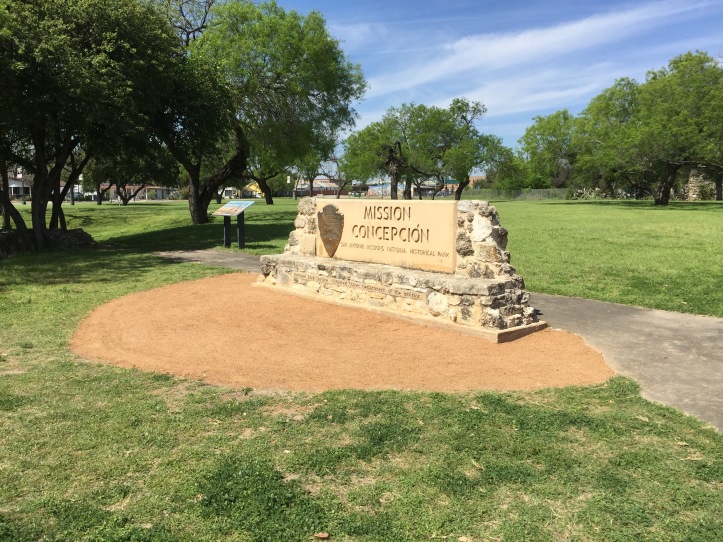
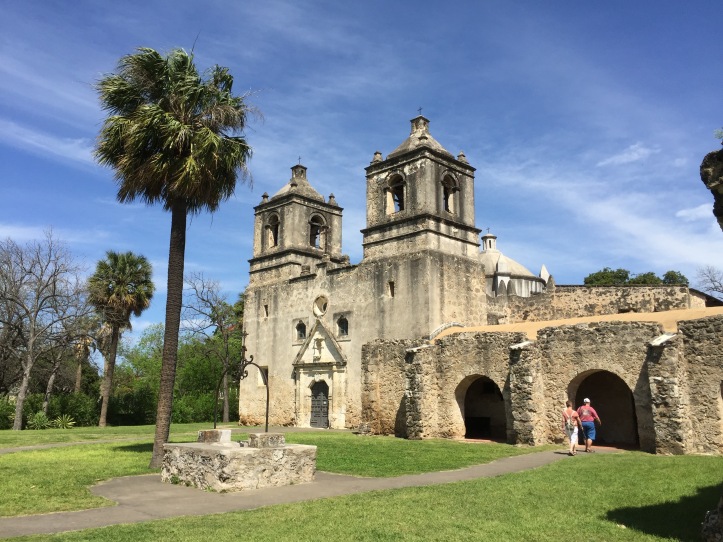
What makes this Mission unique?
Nuestra Señora de la Purísima Concepción de Acuña Mission was established in 1716, and built in 1731. It features a stone church that was completed in 1755, and is considered one of the earliest unrestored chapels in the United States. It is located on the east bank of the San Antonio River, about halfway between the missions of San Antonio de Valero and Mission San José.
Why is the Mission there?
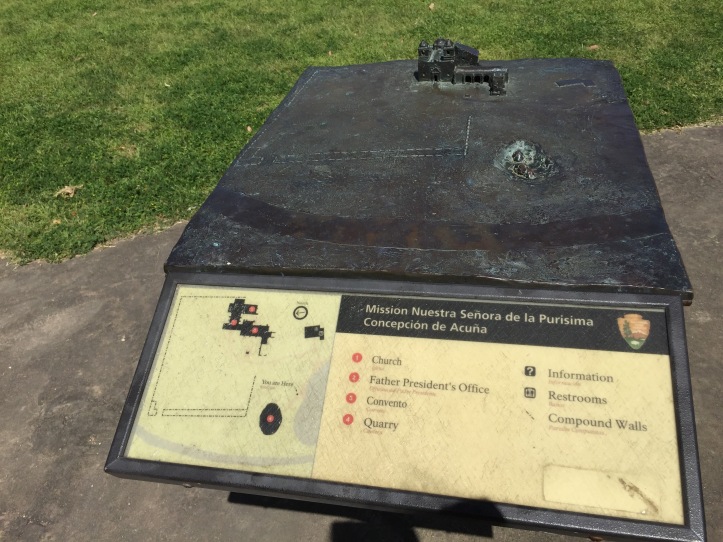
This final location was chosen after attempts were made to establish the mission at two other locations. The mission was originally located near the present day city of Douglass, near two springs. It attracted local Caddo Indian groups, who were mostly wiped out by a severe drought. Later, the mission was moved near present-day Austin, along the Colorado River, in order to attract Central Texas Indians. Finally, in 1731 it was moved to San Antonio as a successful node that attracted local Indians seeking protection against growing Apache raids.
Who served here?
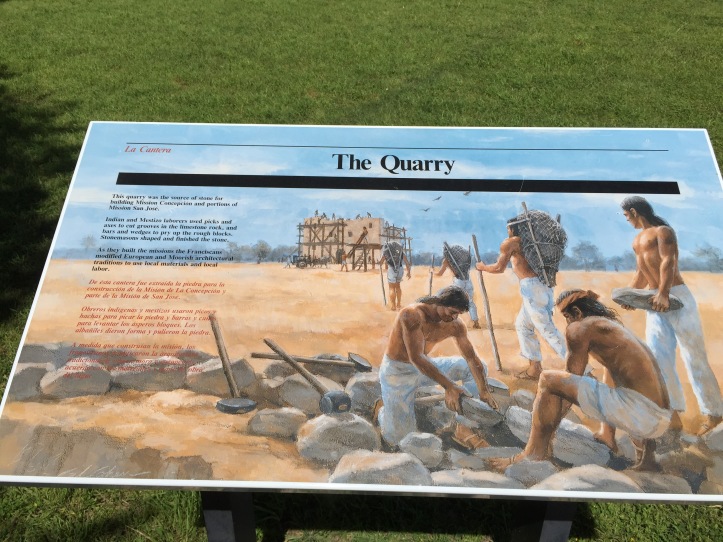
Franciscan missionary Gabriel de Vergara became the first resident minister of Mission Concepción. He was a member of the missionary College of Santa Cruz de Querétaro, one of the two missionary colleges who helped establish the first six Texas missions. The Coahuiltecan Indians who lived at the missions were from different nations including the Pajalat, Tacame, Siquipil, Tilpacopal, Patumaca and Patalca. The Pajalats became the most influential group in the mission, and Gabriel de Vergara published a glossary of Pajalat in 1732. Several Indians died during a smallpox and measles epidemic during 1739, which dropped the population from 250 to 120. It later rose to 210 by 1740.
What was the Community like?
Benito Fernandez de Santa Ana took over as resident minister after Vergara’s death in 1739. He underwent efforts to bring peace between the Apaches and the Spaniards, which finally happened in 1749. By 1756, there were 247 residents who lived in adobe houses. The mission relied on farming and agriculture to survive. By 1756, the mission had over 700 heads of cattle and 1,800 sheep. The Native groups were primarily Pajalats and Tacames, with new groups joining the mission periodically.
In 1767, Charles III of Spain decreed that all Jesuits should be expelled from the Spanish Empire, including Franciscan missionaries. They were transferred to the control of the College of Nuestra Señora de Guadalupe de Zacatecas. This order, combined with increasing raids by northern tribes, lead to a decrease in the number of residents. By 1786, less than 100 Indian residents are recorded in the census. In 1794, the mission was partially secularized, and the Mission land was distributed among the 38 remaining Indians. The church was reduced to a sub-mission of San José and the mission was controlled by San Antonio civil authorities.
Following Mexican Independence, the mission underwent full secularization. All mission property, with the exception of the churches and 15 acres of surrounding land, were auctioned. Over time, the Spanish settlers moved into the surrounding area, and the Indians were absorbed or displaced. The 1835 battle of Concepción brought to a defeat of the Mexican troops. The mission was partially restored during the 1930s. Today, it continues to be a Catholic church, and masses are held every Sunday. The mission is part of the San Antonio Missions National Historical Park, along with Mission San José, Mission San Juan, and Mission Espada.
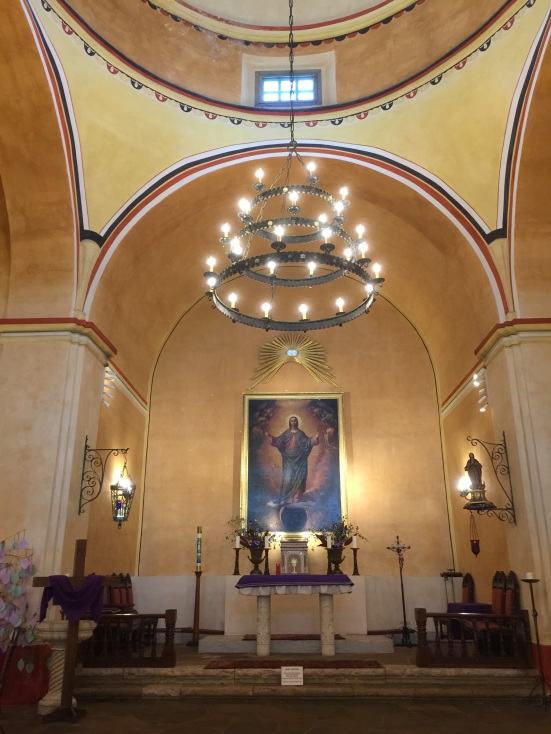
Interior of the Church
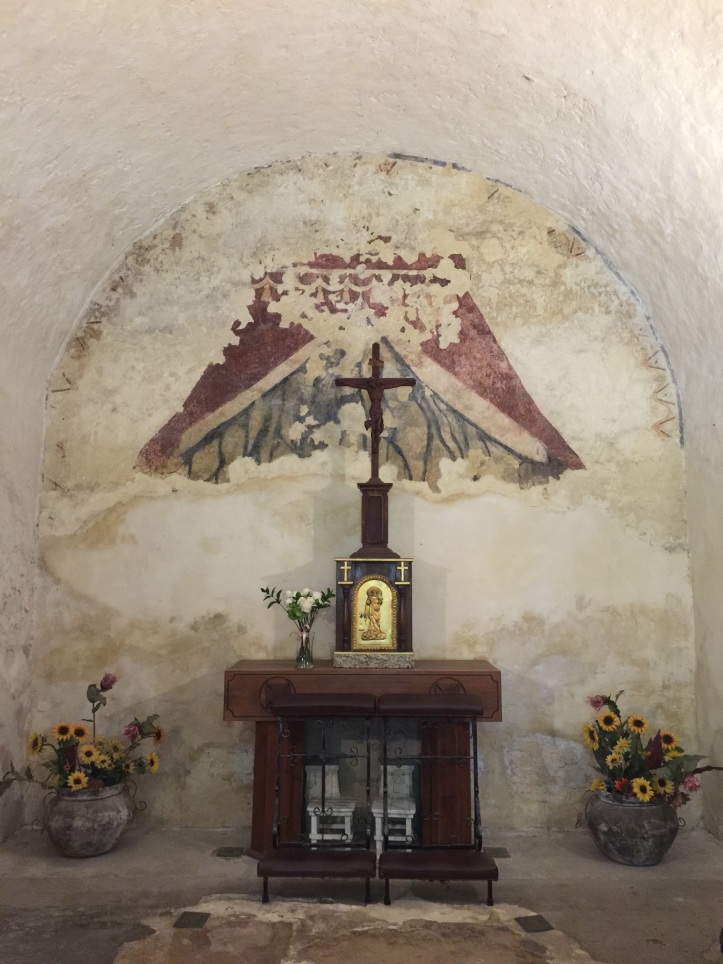
Sacristy (room traditionally used to store the ritual clothing and sacred vessels)
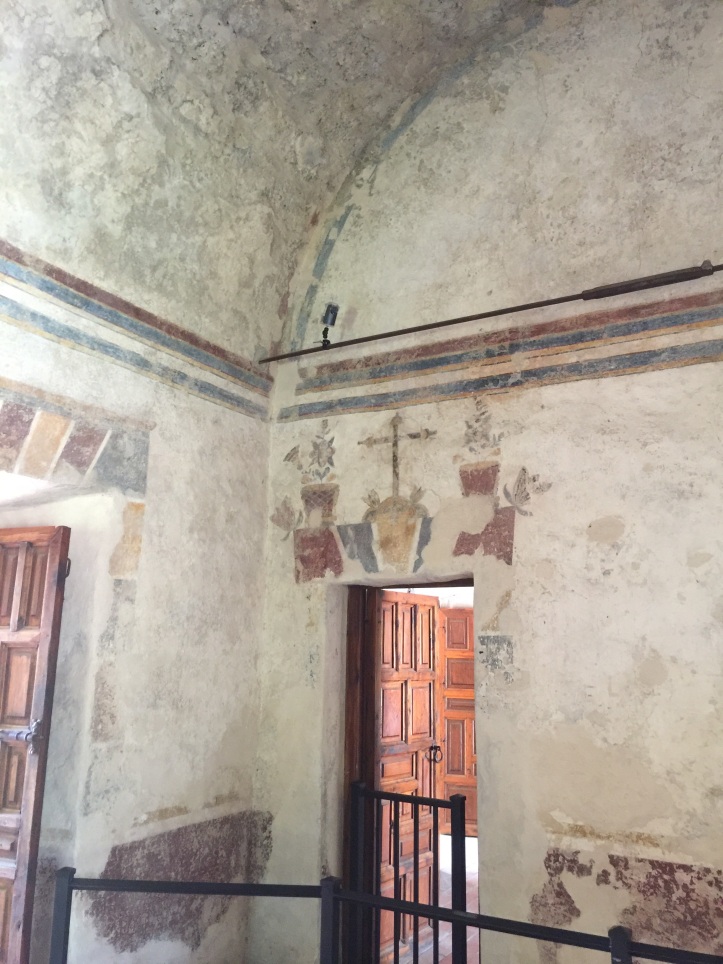
Wall paintings found in convento
Sources
All photos taken by Roxanne Fuselier. 23 March 2017.
Handbook of Texas Online, Aníbal A. González, “Nuestra Senora De La Purisima Concepcion De Acuna Mission,” accessed March 25, 2017, http://www.tshaonline.org/handbook/online/articles/uqn09.